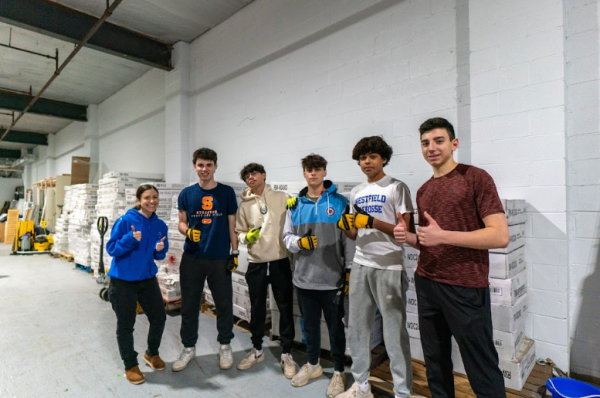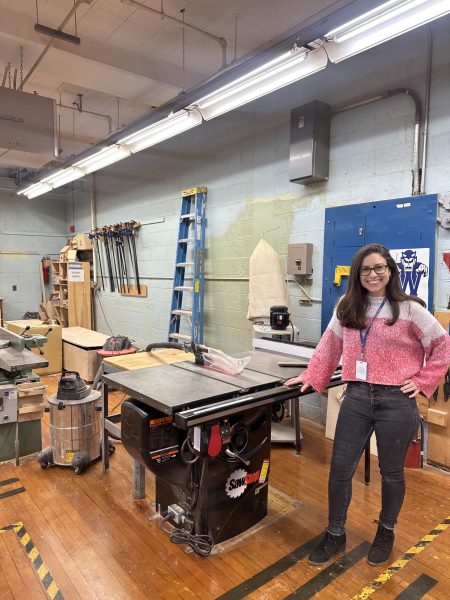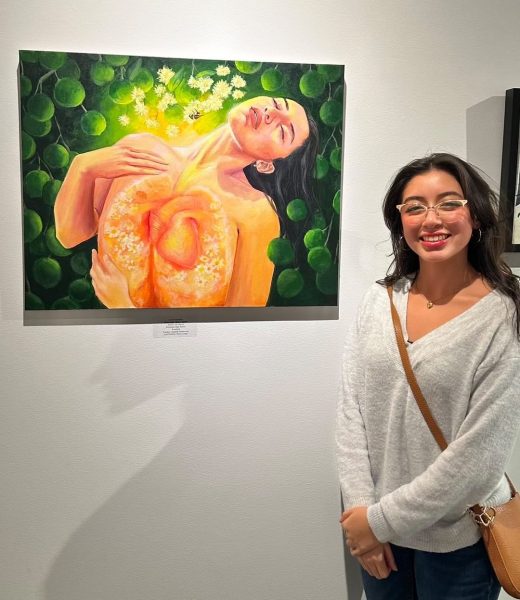My week with print news
Reporter replaces social media with New York Times for seven days
Like most teenagers, I get the majority of my news and information online from Snapchat Discover and the occasional Facebook article. Constant notifications from CNN fill up my phone lock screen. But recently, I came across an article in The New York Times titled “For Two Months, I Got My News From Print Newspapers. Here’s What I Learned.” The story, written by reporter Farhad Manjoo, inspired me to adjust my news habits.
For two months, Manjoo limited his consumption of news online and instead focused on reading only the hard copy of The New York Times. Manjoo educated himself on the world through print news in order to get the facts as facts and not as rushed, unconfirmed reports that some social media sites post.
In exploring print news myself, I eliminated Twitter, Facebook and BuzzFeed from my daily routine and stuck to the paper copy of The Times as my source of news for the week.
To my surprise, this was a difficult thing to do. Born in the generation with social media and information at our fingertips, I’d see news almost accidently. I didn’t realize how hard it was to make time to actually read and understand the news. I was used to getting my news while I was doing other things, but now I had to set aside time to sit down with the paper.
One thing I learned is that the news is more than Donald Trump stories. With Trump’s firing of Secretary of State Rex Tillerson and Attorney General Jeff Sessions’s firing of FBI Deputy Director Andrew McCabe relentlessly broadcast on the major cable news networks, you’d never know that other things were happening regularly. But print media confirmed the existence of these additional stories.
On Monday, March 12, I was drawn toward an interesting article about a failing bridge in Erie, PA. The bridge connects two of the poorest neighborhoods in the city and, due to its closing, it has caused many problems for the people of Erie. The citizens are losing hope and have lost their route for transportation. This article emphasized the deep-rooted problem with the failing of this bridge: the city’s lack of representation for minorities. It left me wondering how many similar stories are out there in America.
On Tuesday, March 13, reporter Aaron E. Carroll highlighted the reality that a lot of the negative results that come from antidepressant tests are swept under the rug. The public generally only recognizes the benefits to these drugs rather than their limited effectiveness. I never knew that antidepressants had sparked so much controversy in the field of medicine.
On Wednesday, March 14, I devoted my time to reading an article written by Matthew Haag that emphasized the legal battle with Charles Manson’s remains and belongings. In the article, titled “Manson’s Remains Will Go to an Apparent Grandson, a Judge Rules,” Haag explains the many issues with Manson’s will and who would have access to what he was leaving behind. Charles Manson’s will isn’t exactly breaking news, but the final chapter of this former cult leader and criminal’s story is intriguing.
On Thursday, March 15, an article written by Vivian Lee and Alan Blinder discussed the nationwide student protests that occurred in response to the shooting at Marjory Stoneman Douglas High School. The article highlighted the work of students around the country and how much they’re doing to bring justice to those whose lives were lost and to their families. Rather than advocate a particular political position, this article examined the rise of teen activism.
On Friday, March 16, Bryan Denton discussed the issue of coal and pollution in Ulan Bator, Mongolia, in his article titled, “World’s Coldest Capital Chokes on Coal That Sustains It.” The capital of Mongolia struggles with intensely cold temperatures reaching below 40 degrees Farenheit, causing the citizens to burn coal and garbage to keep themselves warm. This issue is adding to the city’s pollution and making very hazardous conditions for the citizens of Ulan Bator. At a time when climate change is so relevant, stories like this need to be told.
On the front page of Saturday’s edition, I came across the most fascinating article I’d seen all week, written by Heather Murphy. It was about an experiment done in which the author asked people to simply draw a leader. She discovered that many people were drawing men. Not only were men drawing men as leaders, but women were, too. She goes on to discuss that it isn’t just the men who can’t see women being leaders—it’s women, too.
And on Sunday, which is by far the largest paper of the week, I stumbled upon the travel section and found myself immersed in a story about Cuba. The writer, Reif Larsen, went to Havana, Cuba, and wrote all about his journey. He stated that it was a nice break away from the internet and he was really able to soak up his time on this island. It was a feeling to which I could relate.
Another article I read, written by Marc Tracy, highlighted the amazing win by the underrated University of Maryland Baltimore County during the NCAA Men’s Basketball Tournament against top-ranked Virginia. Proud of their many chess wins, the UMBC students didn’t show much pride in the fact that their men’s basketball team had just beaten a number-one-seeded team. A school that once didn’t receive much attention is now the most talked-about in college basketball history.
Having the ability to open up the print newspaper, I was able to cultivate my own news experience. I was able to pick the stories I was interested in and learn more about the issues that aren’t getting the most attention online. This allowed me to open my eyes to new experiences that changed the way I see the news.

The author trading her phone for copies of The New York Times.









